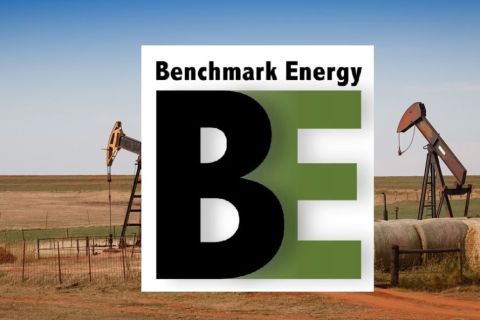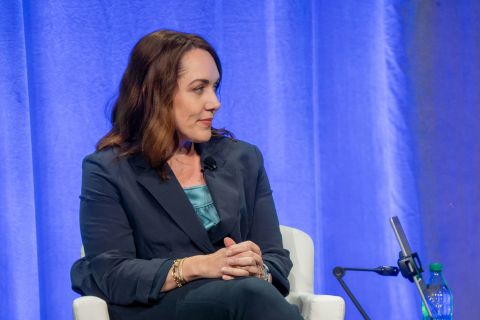Presented by:
For Aileen Iniguez, the hook was the promise of free pizza. It’s been more than a decade, however, since she participated in STEM sessions offered by Techbridge Girls. But she remembers it like yesterday and still has the robotic dog she built—plus memories and knowledge gained—as evidence of experiences come full circle.
“There really weren’t any STEM offerings,” Iniguez recalled, flashing back to her time as a middle schooler in Oakland, Calif. “For me, growing up in an urban community—I was raised low-income as well—those opportunities didn’t exist. Actually, you know, at that moment, I had no idea what it meant to be an engineer or to have a STEM career. So this was really one of a kind for that area in that neighborhood.”
The offering of pizza during an informational session for the nonprofit organization grabbed her attention. Now a data scientist for Chevron Corp., Iniguez credits Techbridge Girls, which develops STEM curricula for girls and educators, for piquing her curiosity in STEM. She also gives credit to Chevron, a longtime partner with Techbridge Girls, for building lasting relationships through mentorship and career guidance.
“The presence of these companies matters. Going in and speaking to students one on one [even virtually] is what’s going to make the most impact,” Iniguez said, noting she’s given a few talks to middle and high school students. “Sometimes it looks like they’re not engaging but really these students take away what speakers are sharing with them. … It really does make a difference. They are listening. They are curious, and they do have a lot of questions.”
Our program is not only a life changer, but it’s a spark starter. — Nikole Collins-Puri, Techbridge Girls
Her words were spoken as the industry tries to keep its workforce pipeline filled with qualified young people amid increasing competition for talent from non-energy industries.
“We believe that education is a critical pathway to achieving social equality and enabling human progress,” said Josetta Jones, Chevron’s chief diversity and inclusion officer. “Limited access to education is a systemic inequality leading to differences in opportunities and success, ultimately suppressing the socioeconomic mobility of marginalized populations.”
Like Chevron, many energy companies have fostered relationships with nonprofit organizations and K-12 schools. Their initiatives go beyond monetary donations. Their employees are volunteering their time and other resources. They are creating and assembling STEM kits. They are speaking to students about careers. They are sharing lessons in science. They are making videos about different aspects of the energy business. They are mentors.
In some instances, they are going beyond STEM, reaching deeper into communities, as nonprofit groups with similar missions expand their reach, grow their offerings and strive to attract and retain investment to make lasting impacts.
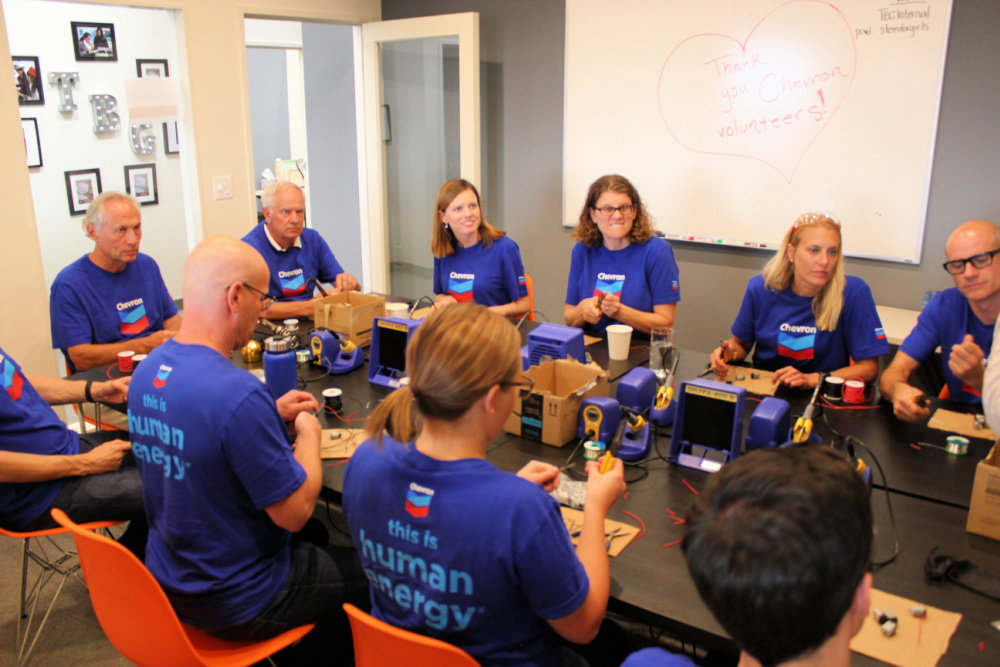
Reengineering STEM
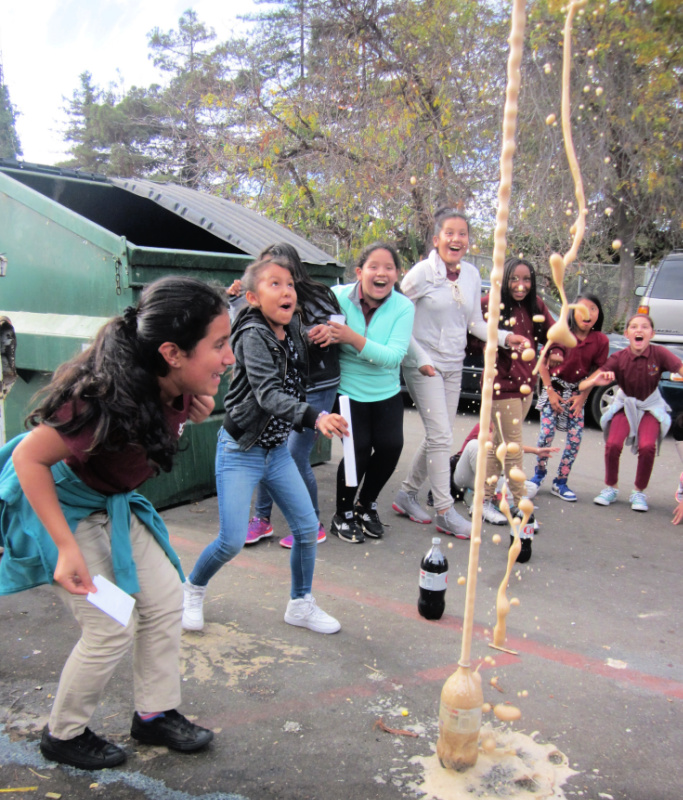
For Techbridge Girls, it is about reengineering the way STEM education is taught and consumed, particularly for Black, Indigenious and all girls of color who experience income insecurity, according to Techbridge Girls CEO Nikole Collins-Puri.
“Our program is not only a life changer, but it’s a spark starter,” Collins-Puri said. “It sparks something in our girls that they ultimately want more of, and … we meet our girls where they are and then hook them into what is possible for their future by surrounding them with resources, exposure to new possibilities and a clear pathway on how to get there.”
Focus is not just on creating memorable hands-on STEM experiences. The organization takes a holistic approach, incorporating elements of chemical engineering, structural engineering and interconnections between different technologies, and showing how STEM disciplines show up for various careers while addressing their social and emotional development needs. The career exploration journey has taken girls inside companies, like Chevron, so they see firsthand what opportunities may await.
Techbridge Girls focuses on Black, Indigenous and all girls of color along with gender expansive youth who lack access to quality STEM education and support. In recent years, the organization has shifted to equipping what it calls “out-of-school time” educators with STEM curricula packed with lessons that spark curiosity in such subjects for younger girls. Older girls also develop skills via story-based learning and interacting with STEM professionals. Through a partnership with the National Society of Black Engineers plus investment from Chevron, Techbridge Girls offered its first middle school girl-only summer camp in 2021.
“As we expand more broadly and through the learnings and shifts that we had to make through COVID-19, we launched a new program called Ignite, which is a hybrid program that can be utilized in a virtual space or in-person space to engage girls in elementary and middle school,” Collins-Puri said. “That is supported by asynchronous and synchronous training for OST educators to build up their equity practices around STEM education as well as have a turnkey program to serve their girls in their schools or communities.”
The 21-year-old nonprofit has already grown from being an afterschool programming provider in Title 1 schools in the Oakland area to communities in Seattle and Washington, D.C. Now the program has a presence in about 30 states, where it serves elementary, middle and high school girls. Techbridge Girls aims to reach 1 million girls by 2030 through partnerships, advocacy, technology and turnkey programs. Its sights are on expanding programming and mentor training to other cities, including Houston and New Orleans, in 2021.
“We really believe in creating a pathway for girls and creating stickiness of exciting, engaging, relevant, identityaffirming programming that our girls can continue to experience throughout their secondary life pathway or experiences,” Collins-Puri said.
Girls should see this journey as one in which they are not visitors or newcomers to the space but a space where they belong and ancestors have paved. Techbridge Girls said it “champions a sense of belonging,” showing the contributions of all to the STEM revolution.
“Unfortunately, STEM education has been taught through a white-dominant perspective and [has been] male driven. What that has done is it has left out the brilliance and the contributions that many, especially Black and brown women, have contributed to the field, so that our girls understand that they already belong in this industry,” Collins-Puri said. “Their ancestors and their sisters and aunties and moms that have come before them have already transformed this industry. So we, as an organization, really believe that STEM education needs to be delivered through the broad context of the story of all contributions that have been made to the STEM revolution.”

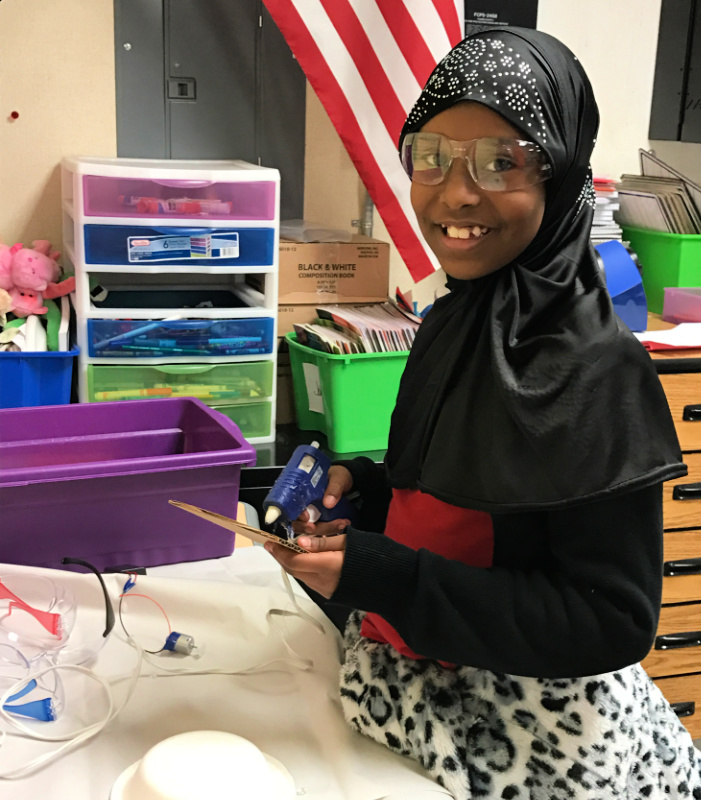
Techbridge Girls said gatekeepers, or influential adults and corporations, have the ability to maintain or disrupt the status quo. Chevron is among the longtime disruptors.
The San Ramon, Calif.-based energy giant has supported Techbridge Girls for at least 15 years, Collins-Puri said. During that time, Chevron has contributed nearly $5 million to the organization and countless volunteer hours plus guidance on human resource strategies and legal needs. Rhonda Morris, Chevron’s vice president of human resources, is on Techbridge Girls’ board of directors.
“They also are a strategic thought partner for us,” CollinsPuri said.
The company provided guidance when Techbridge Girls finetuned its mission, goals and shifted from being a direct service organization to equipping out-of-school time STEM providers.
“They were part of all of the strategic thinking by providing feedback and insight on how the changes could bode in the larger STEM education space given Chevron’s large presence,” Collins-Puri said.
The relationship has been a collaborative one. Chevron uses Techbridge Girls’ Role Models Matter program to train employees in their youth volunteer efforts.
“We create, sustain and expand social programs that enable our communities to reach their full potential,” Jones said. “We do this because our business succeeds best when the people we work with and the communities in which we operate succeed, too.”
For Chevron, support goes beyond financial contributions.
“Our employees serve as volunteers, we partner on science fairs and education forums, we have hosted girls on field trips to our facilities and have helped forge new partnerships with organizations such as the Oakland A’s and 49ers Foundation,” Jones said. “We also develop partnerships with universities designed to strengthen faculty, curriculum and student development.”
Collins-Puri called Techbridge Girls’ relationship with Chevron the “epitome and model of what a true partnership should look like between a nonprofit organization and a corporation, no matter what industry.”
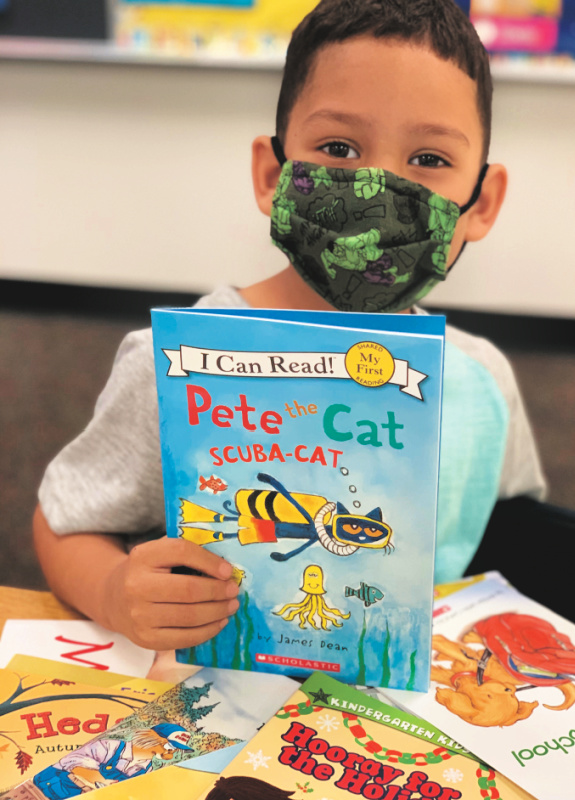
Going beyond STEM
Hess Corp. is focusing on areas where the company believes its efforts will have a meaningful and lasting impact. Houston’s predominately Hispanic Second Ward and African-American Third Ward are among the communities getting the attention of the global independent energy company, which has its operational headquarters at Hess Tower in Houston. The neighborhoods are adjacent to Hess Tower in downtown Houston.
In early 2021, Hess announced a three-year $9 million financial commitment to its Houston Learning for Life Partnership that funds educational programs and support services for children living in economically disadvantaged communities. The partnership benefits more than 13,000 children in about 22 schools and expands Hess’ Learn, Engage, Advance and Persevere (LEAP) educational program, which has invested more than $7 million over the last eight years to support students in Houston’s Magnolia Park and Second Ward neighborhoods.
Education is “kind of our sweet spot,” said Will Rea, director of external affairs and communications with Hess, noting the company has been focused in that area for many years. Its efforts have included considerable investment to help the government in Equatorial Guinea establish a sustainable school system there, where Hess once operated.
As explained in Hess’ latest sustainability report, the company tailors external affairs and stakeholder plans for each of its operated locations. Its strategy includes a five-step process in which risks and issues are identified, internal accountabilities established, key stakeholders identified, engagements outlined, and progress is tracked and monitored. In the Houston area, the Hess team has worked with the city of Houston, the nonprofit Greater Houston Community Foundation (GHCF) and Houston Independent School District, among others, to help determine where volunteer efforts and financial resources should be directed.
About nine years ago, the needle pointed to Houston’s Second Ward. Partnering with the GHCF to identify areas of need in the Second Ward, Rea said Hess learned some children were behind a year or more in school, some were part of households where English was not spoken well, some needed school uniforms or some needed rides to schools or afterschool programs on certain days. So that is where Hess directed its efforts initially.
“Ultimately, we want all children in these neighborhoods to get a fair shot to succeed in life,” Rea said.

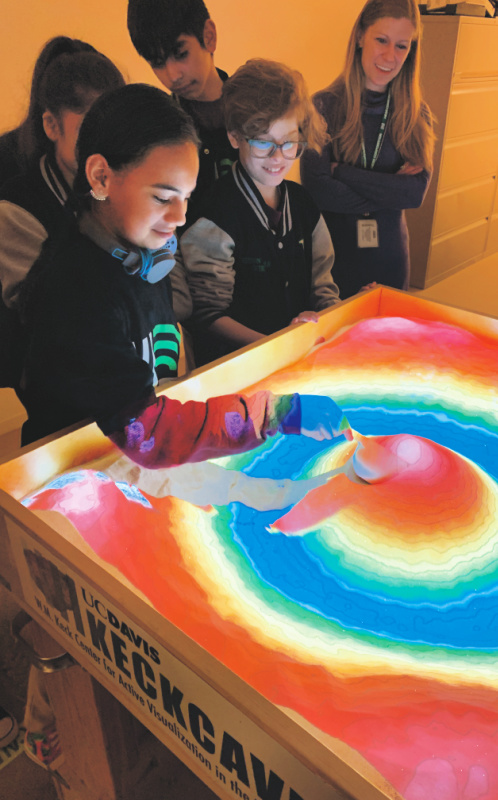
In the last two years, Hess’ Houston area efforts have expanded south into the Third Ward, which is predominantly African American. Rea said the company wanted to “double down,” especially in light of the conversation around racial injustice and what happened with George Floyd—the African-American man whose 2020 murder by a Minneapolis police officer was captured on video, shocking the world. Floyd grew up in Houston’s Third Ward.
“It’s just the right thing to do,” Rea said of investing in the community. “We have a longstanding commitment to being a good corporate citizen, and we want to make a positive, long-lasting impact where we operate.”
He added that Hess focuses on education needs over multiple years.
“For us, it’s more than a financial investment,” Rea said. “We get our folks personally engaged as Hess Force volunteers, which gives them a chance to make a difference.”
Hess funds the Barbara Bush Houston Literacy Foundation’s My Home Library program. Employees volunteer their time sorting, packing and delivering books to schools as well as reading to students.
“The kids light up,” Rea said. “They are so excited to get a stack of books they selected.”
However, the COVID-19 pandemic has prompted many to pivot to virtual offerings and plan for a successful return into classrooms when educators deem it safe for in-person campus visits.
“We lost a lot of time in our education efforts in the last year like everybody,” Rea said.
He pointed out the potential need for more support, considering some students may have fallen behind or missed out on exciting enrichment opportunities due to the pandemic. Some Hess employees were able to engage virtually during the pandemic as mentors with students of two middle schools through Big Brothers Big Sisters, but they are ready to get back into classrooms, Rea said. Plans are for Hess employees to assist robotics teams and deliver Hess Toy Truck STEM kits to classrooms among other activities.
“Our employees know they are making an impact on the lives of our children,” Rea said of volunteer opportunities. “So they are incredibly committed.”
It is all part of the company’s values to be socially responsible.
“We partner with the best non-profit companies in our city who care deeply and deliver on their mission,” Rea said.
Grants awarded by Hess through its Learning for Life Partnership pay for educational programs, equipment, curricula and teacher training, mentorship programs and guidance along with full scholarships for up to nine high school seniors each year to attend college or pursue vocation certification.
“The essays we read as part of the application process are moving and inspiring,” Rea added. “All these young adults need is an opportunity. We’re blessed to play a small role in helping them realize their dreams.”
Though volunteers engage students in STEM activities to heighten their interests, scholarship recipients are not limited to pursuing degrees in such fields.
“Our scholarships allow students to pursue whatever major they want,” he said.
Hess is committed to these initiatives for the long term.
“We’re not under the illusion that somehow this partnership can achieve its goals in just two or three years. It has to be sustaining,” Rea said. “We want to see it through.”
Bridging the gap
The Independent Petroleum Association of America’s Energy Workforce Education Center considers itself the bridge between education and the energy sector, particularly oil and natural gas, according to Anne Ford, the center’s senior vice president.
The energy industry nonprofit started in 2006, partnering with the Petroleum Equipment & Services Association (now called the Energy Workforce & Technology Council), to strengthen students’ STEM skills and spread awareness of the energy industry. Since its beginnings at a Houston area high school, the program has expanded in scope and blossomed to serve nearly 163 schools nationwide, reaching about 20,000 students.
The program has a wide reach but specific targets.
“Our program is open to all students from all states and territories,” Ford said. “But we particularly want to reach underserved communities or minority and female student populations, low socioeconomic, rural, Native American, homeschooled students, students in alternative education programs [and] students who don’t have contact with the energy industry because there are no energy companies where they live.”
The center aims to address the projected loss of STEM professionals in the energy industry due to its aging workforce, Ford said, calling it a “win-win for schools and the industry.”
“We believe it’s a program to bridge to a better understanding and respect between the generations of corporate America,” she said.
The center said about three-fourths of the students it has historically served are economically disadvantaged and 41% are female. The demographic makeup of participating students are 61% Hispanic, 26% Black, 8% white and 3% Asian.
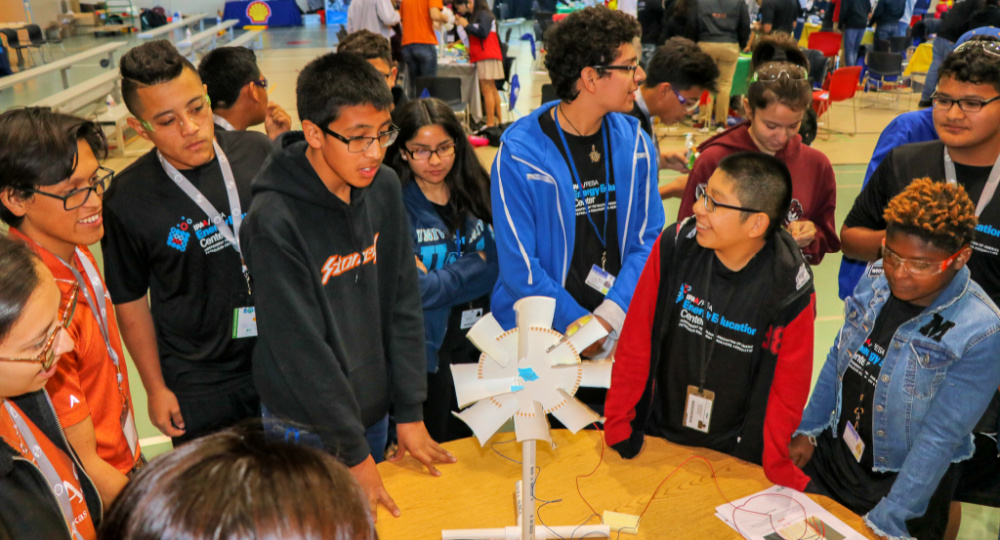
We find that our very own students are the best promoters and teachers of what the industry has to offer. — Anne Ford, IPAA Energy Workforce Education Center
“Over these past 15 years, we have personally sat beside the families we’ve impacted. We’ve had moms and dads and neighbors of students we’ve supported that now have a different perspective on the industry and the careers the industry has to offer,” Ford said. “We find that our very own students are the best promoters and teachers of what the industry has to offer. We see the smiles and see the knowledge bridge being built, and we experience the gratitude from the families whose students have gone on to do great things.”
In addition to bringing live virtual guest speakers into classrooms, the center organizes national school competitions where students can showcase their skills, provides educators incentives and support, and offers videos featuring energy professionals speaking on energy-related topics.
The center’s Permian-based Power Your Future program for middle schoolers has reached about 3,700 students in 24 school districts through interactive simulations of STEM careers that include petroleum, electrical and mechanical engineers, geologists, landman and technical roles.
Its national Virtual Exploring Energy Program for high schoolers launched in January 2021, featuring energy industry videos, as the COVID-19 pandemic created more opportunities for virtual offerings. Just four months in, the program had already attracted about 4,000 students from 30 school districts, Ford said. The program features just over 100 videos on topics such as energy careers, energy tours, energy topics, leadership and personal strengths. Industry representatives, associations and employees in careers record and star in the videos.
“It doesn’t have to be Hollywood standard, but we’ve got Hollywood standard,” Ford said. “We also have some as simple as cellphone recordings of themselves talking about their careers.”
The video repository now includes the program’s first videos recorded in Spanish thanks to Nabors, which presented the idea to the center. Hopes are to add videos in Chinese and Arabic in the future, Ford said, later adding the center is also actively gathering content featuring careers in renewable energy. The videos are available on-demand, but the center has the ability to connect speakers, such as those featured in the videos, to classrooms virtually.
“We’re in conversations with colleges as well,” Ford said. “COVID-19 really has been a gift to us in terms of expanding outreach. So the potential is enormous—just limited by finances.”
Programs such as the ones offered by the center take money and time, and fundraising has been a challenge, especially during the oil and gas sector’s downturns or when there is great competition for limited dollars. The organization is grateful for its partners and sponsors, which include Occidental Petroleum Corp., ConocoPhillips, Marathon Oil, Halliburton and AAPL, to name a few, but it is actively seeking multi-year investment commitments.
“Our program reach would be wider [and] it would be deeper if we had sustained financial commitment from the industry,” Ford said. “That’s an ongoing challenge for us, and we’re wholly dependent on donations to our foundation.”
Making a difference through outreach is fulfilling, she said.
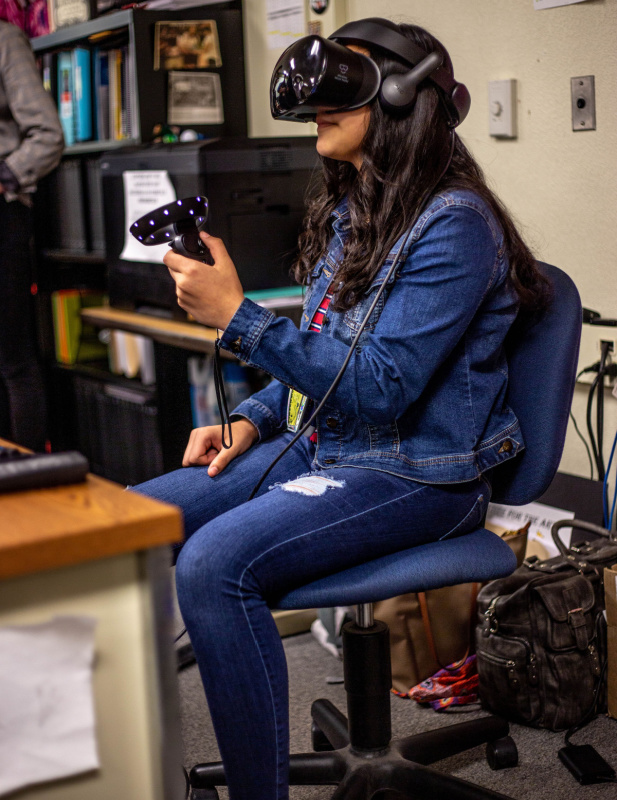
“We know it’s fulfilling for our board members and the organizations and individuals who support our work. Additionally, we want to make sure that once we support a group of educators and students in schools that we continue to support them,” Ford continued. “We don’t want to be fair-weather friends, so to speak. We don’t want to give an impression to students or teachers that we’re just there flying in and flying out and that they’re not a priority. That’s very important for us and the educators we work with.”
Pursuing common goals
With ESG initiatives at the forefront of companies’ agendas, partnering with organizations that focus on educating the future workforce is a positive, according to Ford. She called it the perfect vehicle for building brands, generating goodwill, providing development opportunities for an organization’s employees and counteracting negative stereotypes, particularly for the oil and gas industry.
“What we do is to help teachers bring real-world careers into the classroom. … We want students and teachers to see the full range of opportunities and ways to get there,” Ford said, adding the interaction builds employee morale. “Employees want to give back; they want to talk about their careers and their personal journey.”
Making a difference requires buy-in from the C-suite. It is fortunate that Hess’ leadership “gets it,” Rea added.
When he presented ideas for programs in Houston’s Third Ward that meshed with the city’s Complete Communities Initiative, it was an easy sell, he recalled.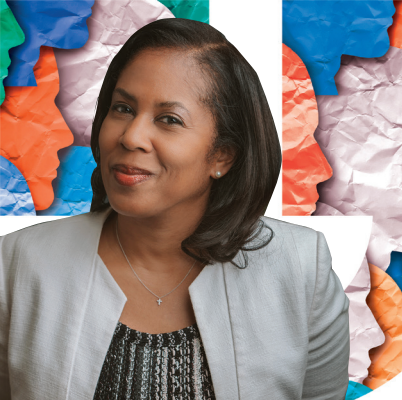
Advancing racial and social equity aligns with the core values of The Chevron Way and helps us cultivate a more equitable, diverse and inclusive workplace. —Josetta Jones, Chevron
“They said, ‘OK, we love this. Is there more we can do?’ They also expressed concern that the program might not be reaching kids early enough,” Rea said, recounting how executives asked him to find opportunities to be helpful at the pre-K level.
As the STEM revolution evolves and changes the cultural and economic landscape of societies, Collins-Puri added girls cannot be left out. They must have leading roles for not just their economic livelihoods, she said, but also to drive innovations that are impacting the communities in which they live.
“Our work has been really steeped and grounded in a lens of equity, but with a focus on creating economic opportunity and really realizing our greatest potential as a nation around innovation in the STEM revolution,” she said.
Techbridge Girls ignited Iniguez’s curiosity with STEM and that passion carried on once she left the program. Iniguez remembered forming relationships with Chevron employees who participated in her high school mentoring program and staying in contact. She graduated from University of California, Berkeley, earning a degree in math. When the time came to find a job, Iniguez reached out to Techbridge Girls, which helped her navigate.
“It all worked out,” Iniguez said, who has now been working with Chevron for about four years. “I’m very happy with the relationships that I built with Techbridge Girls and Chevron.”
Looking at Techbridge Girls’ success stories, Collins-Puri remembered Iniguez and others like her.
“The free pizza was the hook because for her at that time free pizza was a gift,” Collins-Puri said. “But what she didn’t realize was that free pizza opened her eyes to a whole new world of possibilities.”
Recommended Reading
Benchmark Closes Anadarko Deal, Hunts for More M&A
2024-04-17 - Benchmark Energy II closed a $145 million acquisition of western Anadarko Basin assets—and the company is hunting for more low-decline, mature assets to acquire.
‘Monster’ Gas: Aethon’s 16,000-foot Dive in Haynesville West
2024-04-09 - Aethon Energy’s COO described challenges in the far western Haynesville stepout, while other operators opened their books on the latest in the legacy Haynesville at Hart Energy’s DUG GAS+ Conference and Expo in Shreveport, Louisiana.
Mighty Midland Still Beckons Dealmakers
2024-04-05 - The Midland Basin is the center of U.S. oil drilling activity. But only those with the biggest balance sheets can afford to buy in the basin's core, following a historic consolidation trend.
Mesa III Reloads in Haynesville with Mineral, Royalty Acquisition
2024-04-03 - After Mesa II sold its Haynesville Shale portfolio to Franco-Nevada for $125 million late last year, Mesa Royalties III is jumping back into Louisiana and East Texas, as well as the Permian Basin.



